Upcoming Tata Avinya Premium EV to Get JLR Underpinnings
The Electrified Modular Architecture will also underpin the next-generation all-electric Range Rover Velar, Evoque, as well as the Discovery Sport.
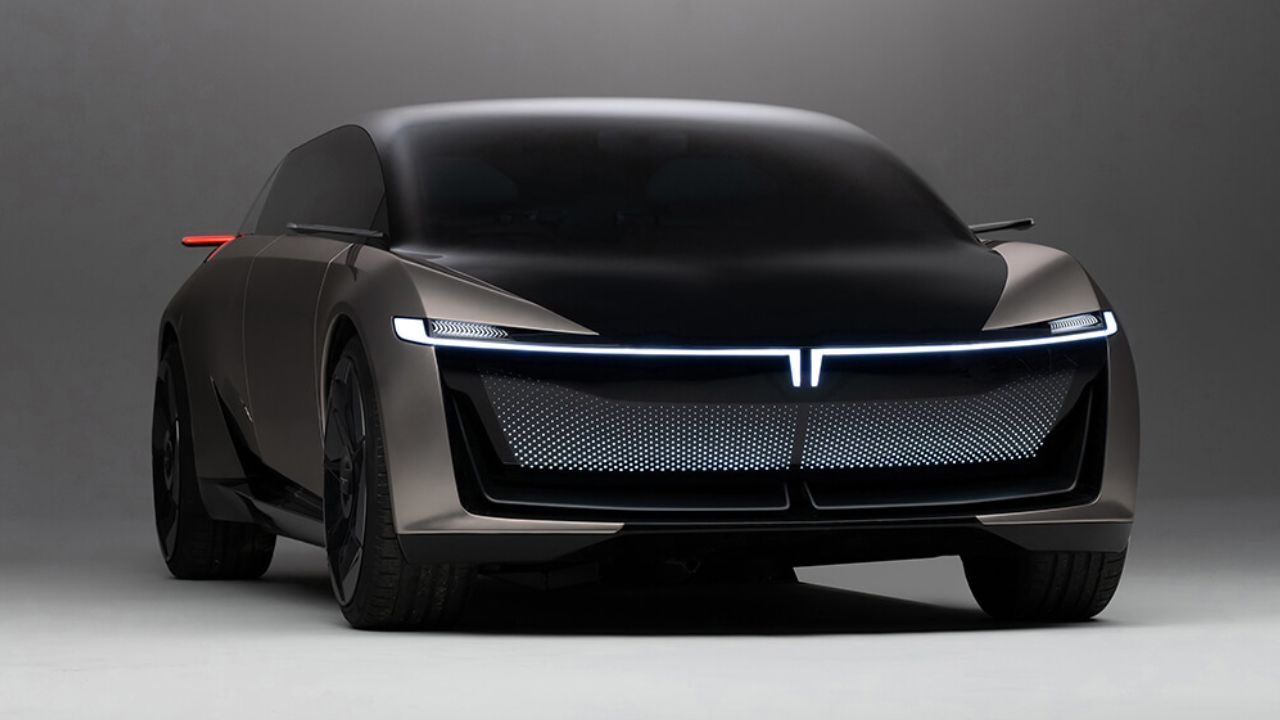
Tata Motors is expected to launch the all-new Tata Avinya in India sometime in 2025. Now, the Indian automaker has confirmed that this premium electric vehicle will be based on JLR's Electrified Modular Architecture (EMA) – the same platform that will also underpin the next-generation Range Rover Velar, Evoque, as well as the Discovery Sport; first to arrive will be the Velar. The first EMA-based vehicles will enter production in the British manufacturer's home market from late 2024 onwards. They will initially be built at the Halewood plant in the UK, following which the modular architecture will be localised in India in partnership with JLR and will be used to develop the Avinya series of models to keep costs down.
Also Read: Tata Nexon EV Max Facelift Spied in Production-Ready Avatar Ahead of India Launch
JLR's Electrified Modular Architecture: Benefits
In addition to using JLR's EMA platform containing electric motors and battery packs, Tata Motors will also gain from the British marque's manufacturing know-how. Tata says that the platform will help expedite its entry into the high-end EV segment, lower the cost of development, as well as accelerate the adoption of advanced technologies. This is touted as the big step forward for both JLR (formerly known as Jaguar Land Rover) and Tata Passenger Electric Mobility, 100 per cent subsidiaries of Tata Motors.
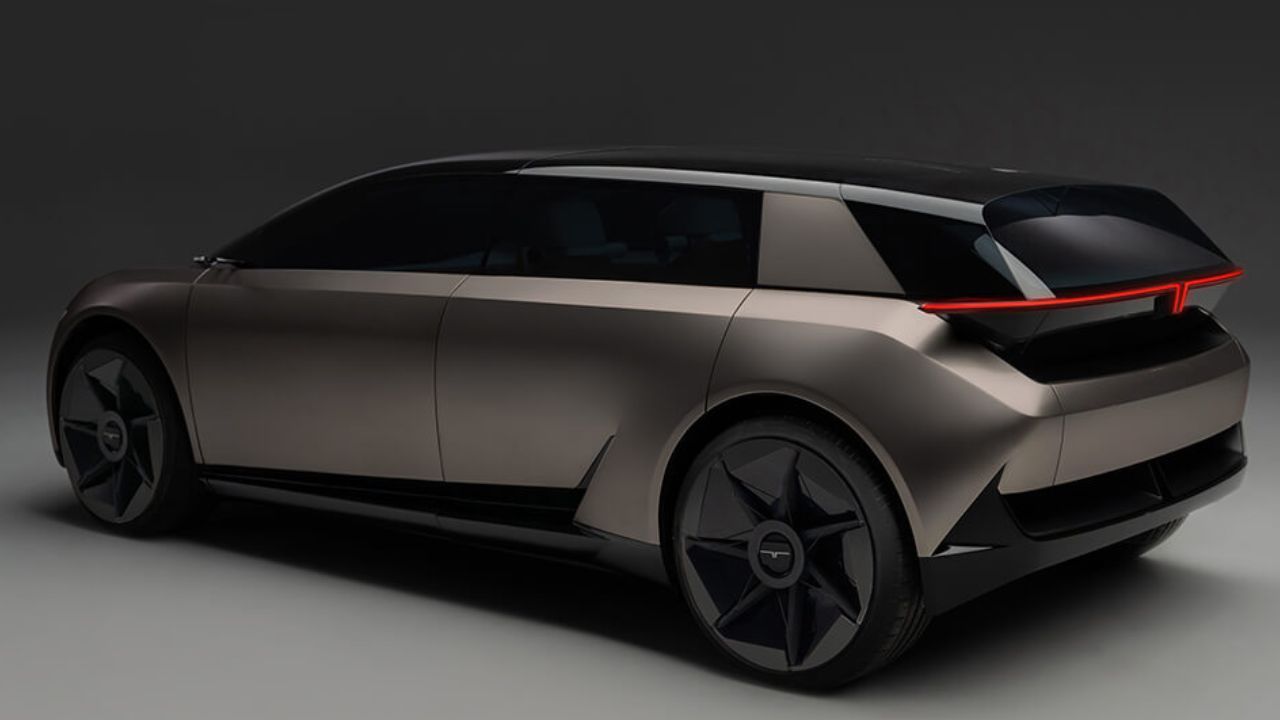
Both JLR and Tata recently entered into a Memorandum of Understanding under which the JLR's EMA platform will be licensed to Tata Passenger Electric Mobility for a royalty fee, besides facilitating authorisation of the electric drive unit, electrical architecture, battery assembly, and manufacturing know-how for the development of Tata's upcoming electric vehicles.
JLR's Electrified Modular Architecture: What it Entails?
The JLR's born-electric EMA will be built from the ground up to incorporate maximum interior space, advanced electrical and electronic architecture, connectivity, as well as over-the-air software update capabilities. JLR says that the platform will have Level 2+ autonomy, SOTA (Software Over The Air) & FOTA (Feature Over The Air) potentialities, vehicle safety and ultra-fast charging technologies, and a highly integrated propulsion system with cell-to-pack battery technology.
The EMA, which will underpin the Avinya series of models, will use lightweight materials and optimised structures, thereby helping these EVs to deliver an estimated range of about 500km on a single charge. The collaboration between JLR and Tata on the EMA marks a crucial step toward the adoption of electric vehicles, a step up from the Gen 2 Tata EVs to the Gen 3 EVs.
Also Read: Nexon EV, Punch and More Help Tata Motors Register 7% YoY PV Sales Growth in October 2023
For those not aware, Tata's sibling SUVs, the Harrier and the Safari, are based on JLR's D8 platform.


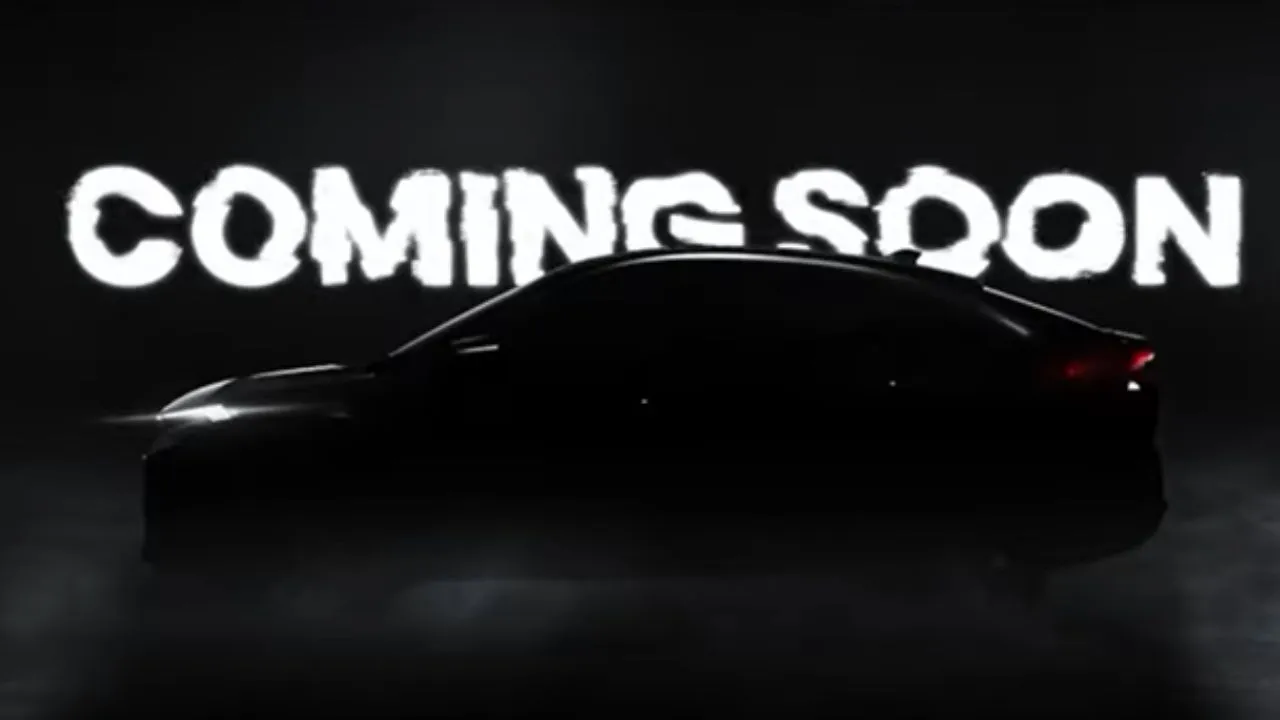



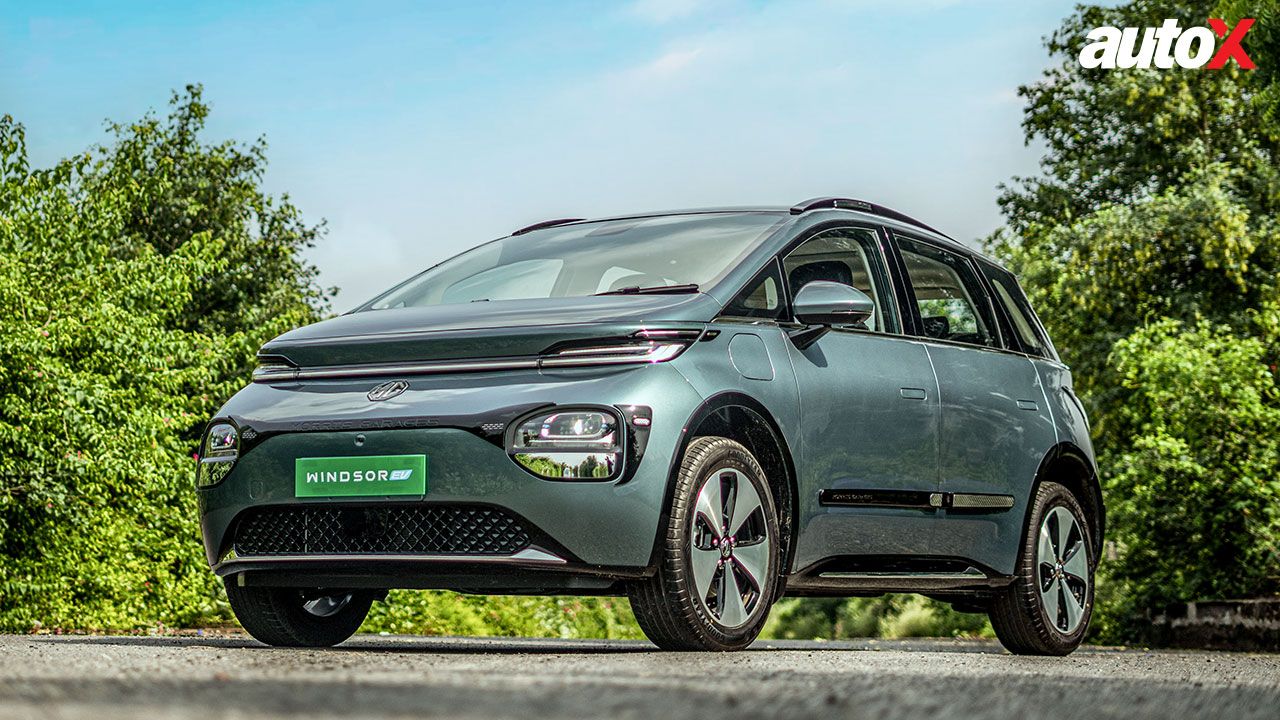


.webp)
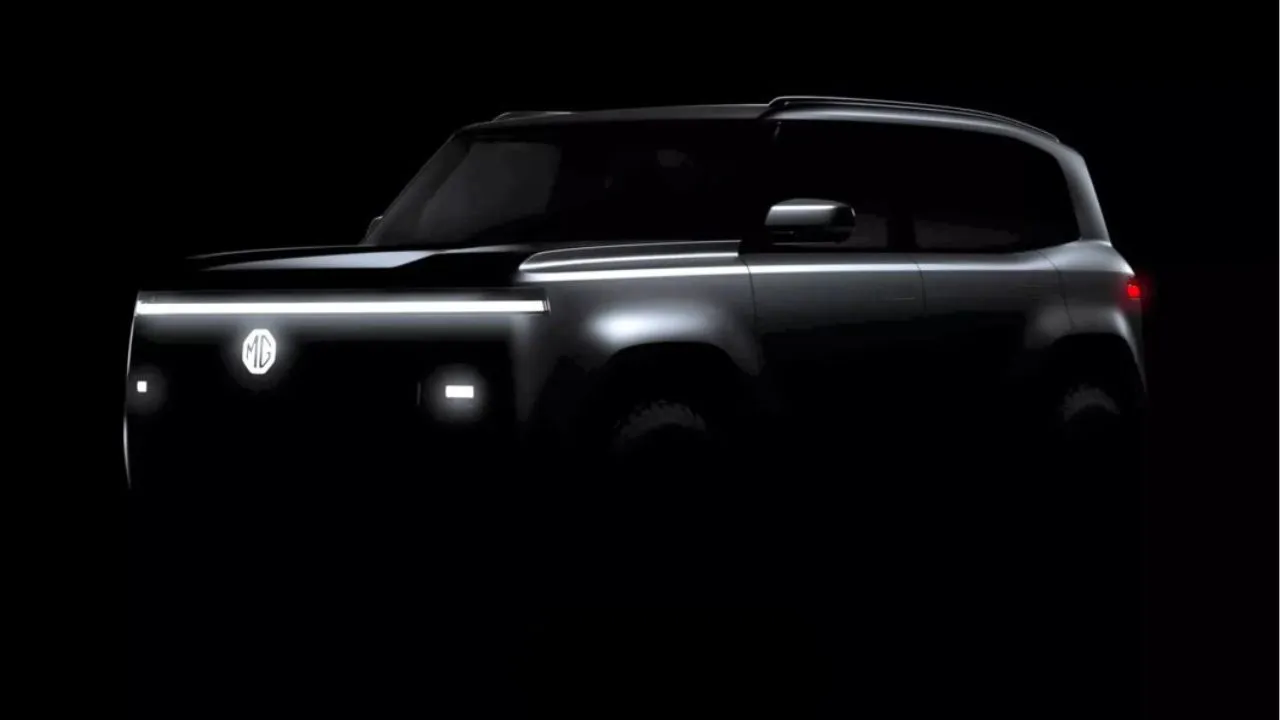



















Write your Comment on